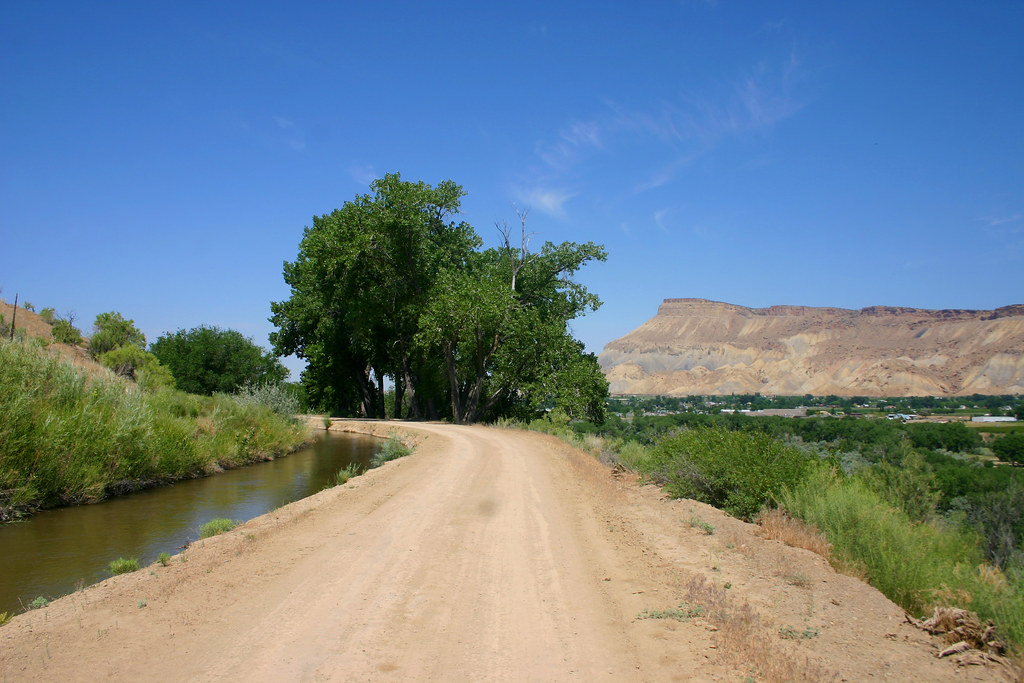The New York Times this week shrieked about congressional republicans using what it called “an obscure law” and “a little-known statute” to rescind regulations adopted at the end of the Biden Administration.
The article refers to the Congressional Review Act (CRA), which is neither “obscure” nor “little known,” though the reporter might be forgiven for not knowing about it. She has only been out of college three years and was still in high school when the CRA last made headlines. But it has been on the books for 30 years (part of famous 1994 “Contract with America”) and has been used by Congress to overrule regulatory agencies 30 times.
Under the CRA, agencies must send new “major” rules (those costing more than $100 million or causing major price increases) to Congress before they can take effect. Congress has 60 days to rescind the rule; otherwise it goes into effect. To rescind a rule both Houses must pass a joint resolution, which the president must sign like any other law. CRA was used once to overrule a Clinton-era regulation, 14 times rescinding Obama-era rules, 3 times overruling Trump, and 10 overturning last-minute Biden regulations (so far). It has been used by majorities of both parties, and is a useful tool for Congress because CRA resolutions require only simple majorities and are not subject to filibuster in the Senate. It’s still a daunting process, considering that 17 resolutions were vetoed by presidents, 23 failed to get majority votes in one House, and 20 others failed in both Houses. Hardly a “little known” or rarely used process.
Nevertheless, some reports quote minority party leaders expressing outrage that the CRA process is being used to cancel regulations and circumvent the partisan gridlock that has brought Congress to a virtual standstill on most issues. They howl that this process is “upending longstanding policies” and undermining ordinary congressional procedures. But what is more “ordinary” than Congress making the laws? Isn’t that what the Constitution requires? That ignores the reality, of course, that in recent decades Congress has delegated much of its legislative authority to executive branch agencies. Regulations today far outnumber laws, both in number and economic impact.
The Congressional Review Act process is nothing more than Congress reasserting its authority to make laws. Vastly unpopular Energy Department rules banning gas water heaters, and imposing stringent appliance requirements, for example, have been overturned through this process, along with four regulations at the Interior Department, five at Labor, and three at EPA.
It is EPA that is drawing the most attention, though, because it has allowed the State of California to impose environmental regulations that are stricter than federal standards. That isn’t normally allowed, but EPA can grant “waivers” and has done so, one of them (issued in the last month of the Biden Administration) allowing California to ban gas-powered cars and mandate 100% electric vehicles. The House has already passed a CRA resolution overturning EPA’s waiver, thus blocking California’s rule – which will otherwise impact every state.
Pressure from both sides now focuses on the Senate, where California is crying foul, with the support of Minority Leader Charles Schumer (D-NY). They claim the waiver for California’s electric vehicle mandate is merely a “permit,” not a “regulation” under the CRA. That argument is problematic, though, because the EPA itself submitted the matter to Congress for consideration under the CRA. Not the current EPA leadership, but Biden’s own Administration. They certainly thought the waiver qualified as a major regulation, because without question it would dramatically impact consumer prices nationwide. The Government Accountability Office (GAO) and the Senate Parliamentarian have both entered the debate, but the GAO itself admits that it has no legal role once a regulation has been submitted under the CRA. And the Senate Parliamentarian works for the Senate, not the other way around – and the Senate overrules her opinions fairly often. Ultimately the Senate itself must decide the matter and Majority Leader John Thune (R-SD) says he will bring it to a vote shortly.
The Times report says congressional leaders are “trying to go much further with the law, including using it to effectively attack state regulations blessed by the federal government.” Well, yes, it is that federal blessing that is at issue, since the Clean Air Act explicitly supersedes state laws. Still, the Times says using CRA to rescind EPA’s waiver would “test the limits of the law in a way that could vastly expand its use.” The shock! The outrage! How dare Congress presume to decide what authority EPA and other agencies have! You would think Congress created and funded these agencies. Oh wait…
One Democratic committee chairman says using the CRA sets a “dangerous precedent,” adding “That would mean countless numbers of executive actions made across the federal government would be at the mercy of the political winds of a vocal few in Congress.” Well, no, not a vocal few. The CRA requires a majority – maybe it is a “little known statute” to him, too.
{ 0 comments }





